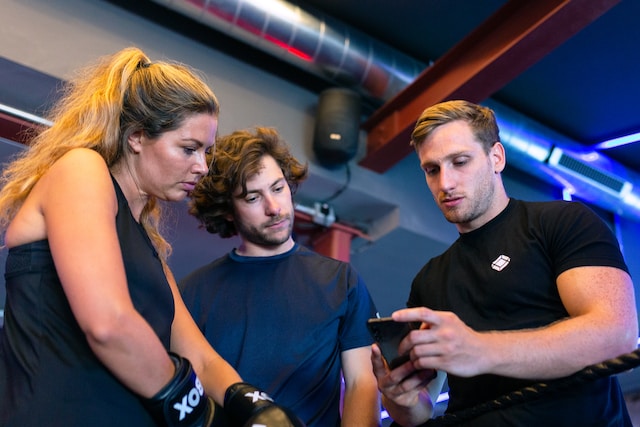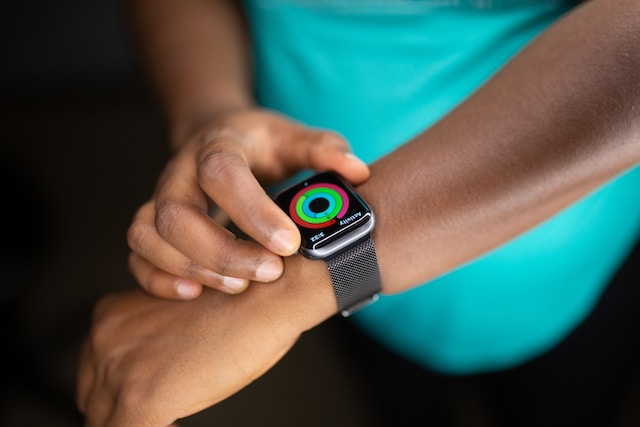Thyroid Health in the Digital Age: How Apps and Wearables Are Monitoring T3 Levels
Many of us are already familiar with wearable technology. Some common examples include mobile applications that monitor our dietary habits and smart watches intended to keep track of heartrate while exercising. Indeed, the wearables sector is currently thought to be worth in excess of $138 billion dollars in the United States alone. This is also the reason why such technologies now have the ability to become extremely specialized. What are some examples of how smart systems are transforming the ways in which users are able to monitor their thyroid health? Let’s examine a handful of recent advancements to appreciate what the future might have to offer.
Digital Medicine: A Brave New World
One of the reasons why systems and software intended to gauge thyroid health are already being used involves what types of conditions they analyze. For example, some baseline factors that could hint that a thyroid issue exists include broken sleep patterns, fluctuations in heart rate and blood pressure. It just so happens that these very same metrics can be applied to thyroid-related disorders (such as hypothyroidism). In other words, it often makes more sense to re-task existing software packages and wearable devices as opposed to developing entirely new technologies from scratch.
The Rise of Web-Based Software Systems
While wearable devices are transforming the ways in which we are able to manage thyroid health, it is just as important to remember that their findings can sometimes be rather rudimentary in nature. This is when the power of browser-based platforms will prove their mettle. One example can be seen in the Thyroscope system. This website pairs the information obtained by wearable devices with real-time analytics that can provide valuable medical insight.

Real-Time Consultations
What about those who suspect that they may be suffering from a thyroid condition? In this case, it can sometimes be difficult to find expert advice; especially for individuals who do not have regular access to a primary care physician. Smartphone apps are once again beginning to rise to the occasion. There are many applications that allow users to speak with medical professionals while out and about. Depending on the findings as well as any clinical information that may be presented, it will be much easier to determine whether pharmacological intervention (such as internationalpharmacy.com T3 tablets) could be warranted. Furthermore, obtaining a remote expert diagnosis is a much safer method to encounter treatment options as opposed to performing standard online searches alone.
The Future of Wearables and Digital Health Applications
Considering how fast this technology has evolved in recent years, it is a bit ironic to remember that these systems have only existed for a relatively short period of time. When we then take into account the growing presence of artificial intelligence, the chances are high that proactively managing thyroid health will become much easier and more intuitive. What innovative solutions might emerge over the next decade? Only time will tell and yet, the digital future looks extremely bright.

